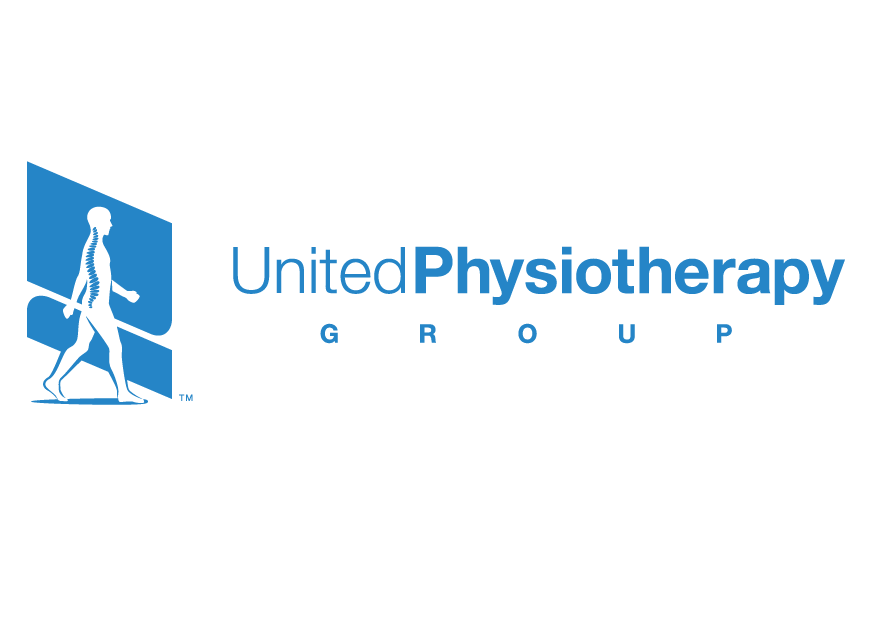Adolescent Scoliosis
Written by Jason Lui - UPG Physiotherapist
Adolescent idiopathic scoliosis (AIS) is a condition where the spine is rotated and curved, it becomes most obvious when children hit puberty around 11 or 13 years old. The causes remain unknown based on the current state of knowledge of the condition, thus the word “idiopathic” (Negrini et al. 2012). However, there are some signs in children's posture like uneven shoulders and waist, one hip higher than the other or back pain; that may be an indicator to consult a physiotherapist, to prevent any further progression, improve function or/and reduce pain.
Although a scoliotic curve does not necessarily cause pain or dysfunction. Ramirez and colleagues (1997) found that 31.5% of patients with scoliosis presented back pain. The patients usually only complain of back pain and/or radicular symptoms such as numbness, tingling, or weakness in the arms or legs, when they have reached adulthood. Some of the reasons for back pain may be spinal imbalance; facet arthropathy; muscle imbalance; fatigue or foraminal stenosis (Agabegi et al. 2015)
As shown in the picture below, muscles along the spine either get adapted to be shorter or longer according to curvature. The change of muscle tension will resist lengthening and thus limit the range of motion of the joints that are crossed. The increase in tension will also cause increased pressure on the joints which may lead to pain, dysfunction and even greater degenerative changes over time. (Muscolino, 2018)
Diagnosis
The diagnosis of AIS is made by a physical examination, an x-ray, spinal radiograph, CT scan or MRI, measuring the intersecting angle of each part of the rotated spine (AKA Cobb angle), if the angle is equal to or greater than 10 degrees, the person is diagnosed with AIS (Cheng et al. 2015).
The magnitude of this angle is used to classify the severity of the condition:
Mild scoliosis - curve up to 25°
Moderate scoliosis - curve between 25° and 45°
Severe scoliosis - curve above 45°
(Romano et al. 2012)
If the spinal curve is more than 30° at the end of growth, the potential risks in adulthood increase significantly:
Pain
Deformity of the thorax and shoulder girdle
Decreased quality of life (QOL)
Disability
Possible respiratory problems
(Altaf et al. 2013; Romano et al. 2012)
Treatment:
A recently published study (Lotan &Kalichman, 2019) compared 14 different articles and clinical trials and concluded that a combination of manual therapy techniques like myofascial releases and spinal manipulative along with other conservative treatments are effective in treating AIS.
Manual therapy aims to improve the range of motion and decrease muscle tone (especially on the shortened side) and pain, while other conservative treatments are based on exercise aiming to strengthen the lengthened side of the spine.
Exercises are often recommended for patients with curvature angles between 10° and 30°. Dunn and colleagues (2018) have suggested that Pilates exercise training improves flexibility and overall physical health by emphasizing strength, posture, and coordination of respiration-related movements. Pilates exercises like side planks, single bridges and “Superman” to be completed daily for 6 months have shown an improvement in Cobbs angle by 32% (Fishman et al., 2014).
References:
Altaf, F., Gibson, A., Dannawi, Z. & Noordeen, H., 2013, ‘Adolescent idiopathic scoliosis’, British Medical Journal 346(1), f2508. https://doi.org/10.1136/bmj.f2508
Cheng, J., Castelein, R., Chu, W., Danielsson, A., Dobbs, M., Grivas, T. et al., 2015, ‘Adolescent idiopathic scoliosis’, Nature Reviews Disease Primers, from http://europepmc.org/abstract/med/27188385.
Dunn J, Henrikson NB, Morrison CC, Blasi PR, Nguyen M, Lin JS.2018 Screening for adolescent idiopathic scoliosis: evidence report and systematic review for the US Preventive Services Task Force. JAMA ;319:173–87.
Fishman LM, Groessl EJ, Sherman KJ. Serial case reporting yoga for idiopathic and degenerative scoliosis. Glob Adv Health Med. 2014;3(5):16-21
Muscolino J.E. 2018. Scoliosis: Clinical Orthopedic Manual Therapy Treatment. Journal of the Australian Traditional Medicine Society 24 (4), 220-226.
Lotan S and Kalichamn L. 2019. Manual therapy treatment for adolescent idiopathic scoliosis. Journal of Bodywork and Movement Therapies 23 (1), 189-193.
Negrini S, Aulisa AG, Aulisa L, et al. 2011 SOSORT guidelines: Orthopaedic and Rehabilitation treatment of idiopathic scoliosis during growth. Scoliosis 2012; 7: 3.
Ramirez, N., Johnston, C.E.I. & Browne, R.H., 1997, ‘The prevalence of back pain in children who have idiopathic scoliosis’, Journal of Bone and Joint Surgery 79(3), 364–368. https://doi.org/10.2106/00004623-199703000-00007
Romano, M., Minozzi, S., Zaina, F., Chockalingam, N., Kotwicki, T., Hennes, A. et al., 2012, ‘Exercises for adolescent idiopathic scoliosis-review’, Cochrane Database of Systematic Reviews 8, 10–12.
Schreiber, S., Parent, E.C., Moez, E.K., Hedden, D.M., Hill, D., Moreau, M.J. et al., 2015, ‘The effect of Schroth exercises added to the standard of care on the quality of life and muscle endurance in adolescents with idiopathic scoliosis – An assessor and statistician blinded randomized controlled trial: SOSORT 2015 award winner’, Scoliosis 10(1), 24. https://doi.org/10.1186/s13013-015-0048-5
<a href="https://www.freepik.com/free-photo/young-woman-standing-touching-lower-back-feeling-painful-sensations-high-quality-photo_14265190.htm#page=3&query=scoliosis&position=37&from_view=search">Image by azerbaijan_stockers</a> on Freepik



